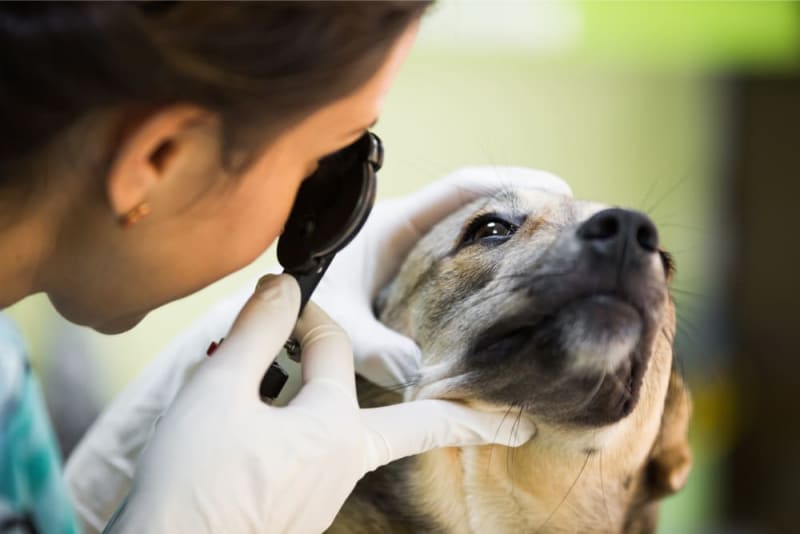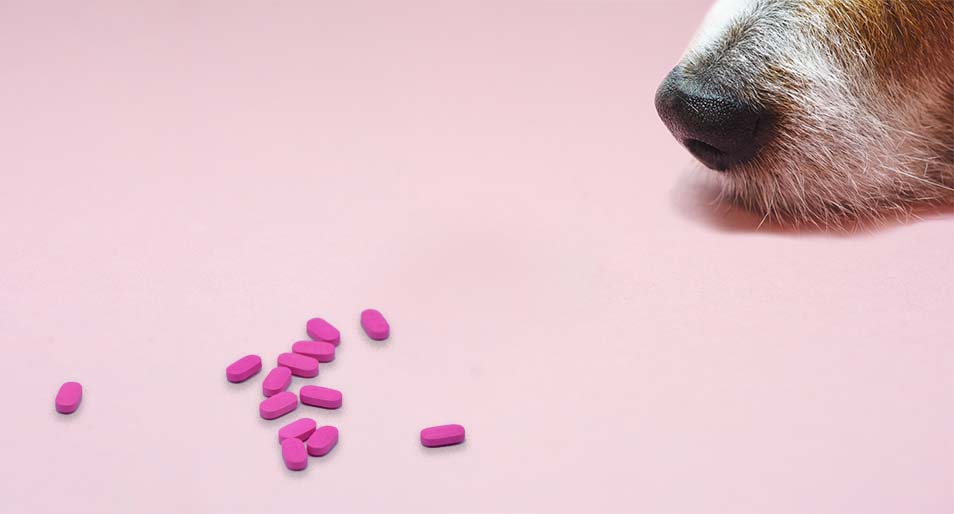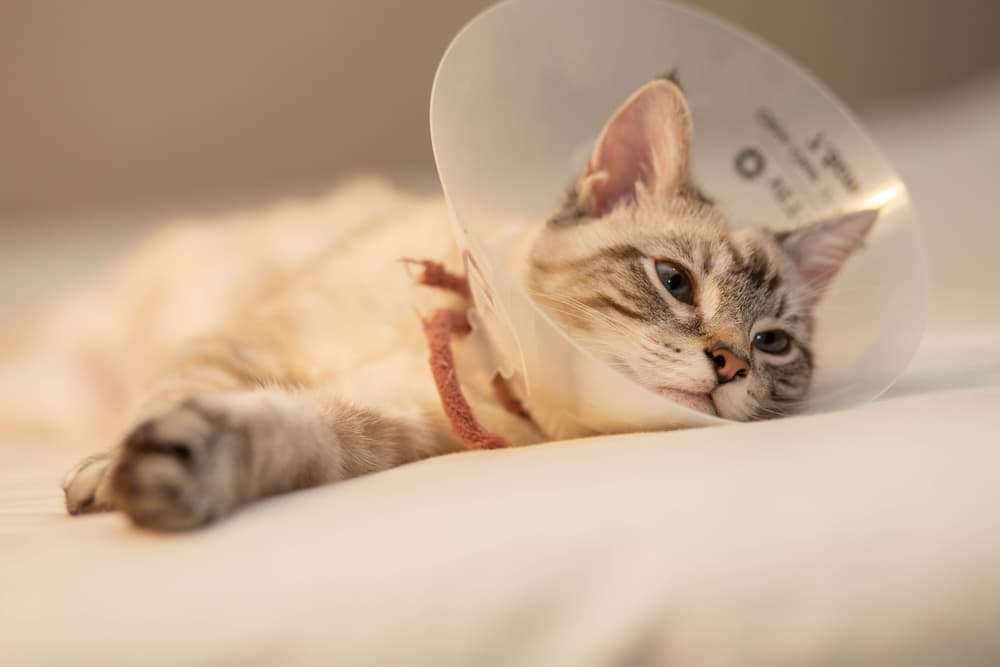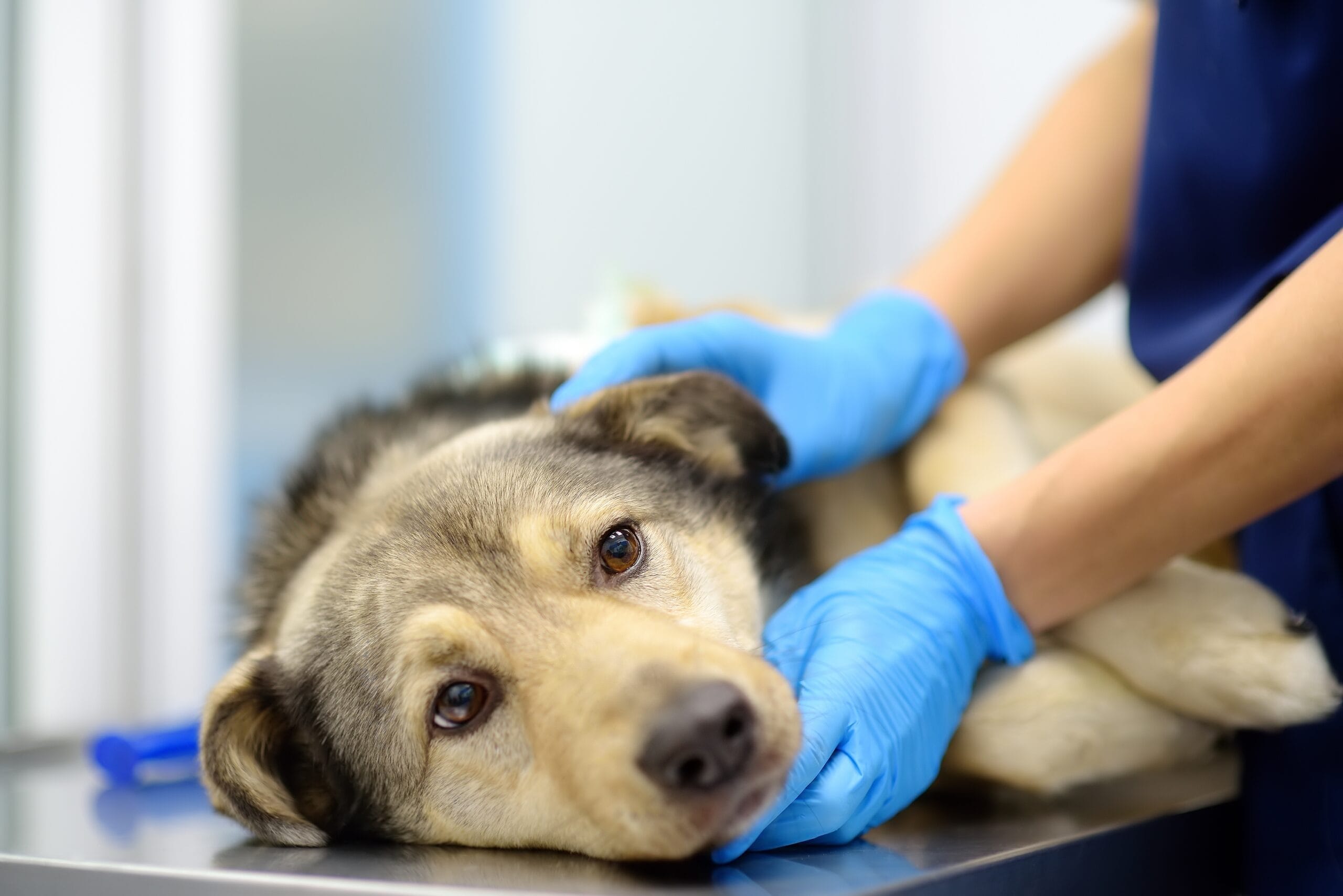If your veterinarian has recommended corneal surgery for your dog or cat, it may seem daunting – particularly because your pet’s eyes are involved. However, knowing what surgery entails, how your pet will heal, and what you can do at home will help you feel more confident and prepared.
So let’s uncover what to expect – from diagnosis to recovery – with some current information and statistics about veterinary eye care.
Understanding Corneal Surgery
The cornea is the clear, outer layer of the eye, akin to a window that allows light into the eye, allowing your pet to see. When the cornea is injured or diseased, it may become painful, cloudy, or develop an ulcer – an open sore on the cornea. Corneal surgery is generally recommended when:
- Deep corneal ulcers may perforate the eye.
- A corneal sequestrum – a piece of dead, dark tissue – is present (this is most common in cats).
- Medical treatment alone is not enough to heal their cornea
According to a review in Veterinary Ophthalmology, surgical therapies (conjunctival grafts, amniotic membrane grafts, or corneal transplants) preserve vision and prevent serious complications.
Why Surgery May Be Your Best Choice
Your veterinarian may recommend surgery to:
- Relieve pain and protect the eye’s structure
- Prevent infection or rupture
- Preserve vision when possible.
Deep or perforated ulcers rarely do well with only topical drops. Surgery gives the cornea extra support to heal safely.
What to Expect Before, During, and After Surgery
Before Surgery
Your pet’s eye would be thoroughly examined, often with mild sedation, under a slit lamp, maybe with fluorescein dye, and sometimes ultrasound to determine the extent of damage. Blood testing and a general health examination are done to ensure your pet can safely undergo anesthesia.
Your veterinarian will explain the plan, which will cover the type of graft or repair, the expected time to recovery, and the costs.
During Surgery
Under general anesthesia, a surgeon will remove the damaged tissues and cover this area with a graft; the graft is usually taken from your pet’s own conjunctiva, which is the thin tissue lining the eye, or, for example, an amniotic or synthetic graft.
This graft acts as a biological bandage, protecting the cornea so it can heal and reducing pain. Surgery usually takes about 30-90 minutes, depending on the complexity.
After Surgery
When your pet wakes up, they will be provided with a protective e-collar (positional plastic cone) to prevent them from rubbing. You will go home with some eye drops, antibiotics, pain and anti-inflammatory medication. For the next week or so:
- Administer medicine precisely as prescribed
- Avoid activities or play that may injure the eye.
- Complete the follow-up appointment for re-examinations and suture removal.
The healing time is usually a matter of weeks (up to 4-6 weeks) to months (for deeper corneal defects). Minor scarring or cloudiness is not unusual, although in most cases, comfort and function will be restored.
Recovery and Prognosis
Most pets restore reasonable vision (the eye may not look impressive again); usually, a mild haze or scarring remains. Risks include:
- Graft failure or infection
- Intraocular hypertension (glaucoma)
- Persistent cloudiness or scarring
Even without sight restoration, the surgery prevents further painful sight loss (huge win for pet comfort and well-being).
Latest Trends and Statistics in Pet Eye Care
Veterinary ophthalmology has progressed significantly in the past few years.
- The global veterinary eye care market was estimated at USD 5 billion in 2024 and is anticipated to reach USD 8.7 billion by 2033, with the market growing at a steady 6.4% average rate.
- The average cost of pet eye procedures, including corneal grafts or cataract surgery, is approximately $1,100 for dogs and between $700 and $2,000 for cats.
- Trauma remains the number one cause of corneal ulcers in cats, accounting for around 75% of all cases in felines.
- Increasingly, veterinarians diagnose and treat eye problems more quickly and effectively, utilizing new technologies such as tele-ophthalmology, optical coherence tomography (OCT), and stem-cell-based regenerative therapies.
Around the world, the demand for advanced care for our pets is growing, especially as pet parents tend to think of their pets as part of the family.
What You Can Expect As a Pet Parent:
Healing takes time; In some instances, pets can recover in as short as a few weeks, while others can take months for the graft to stabilize fully.
Be patient with the appearance; It’s entirely normal for eyes to appear swollen, red, or cloudy for quite some time,
Stay consistent with the aftercare; Aftercare with medication, wearing an e-collar, and visits with your vet are the largest predictors of success.
Comfort matters. Even if your pet does not recover 100% of their vision, any surgical procedure performed successfully can bring comfort to your pet, alleviating chronic pain.
Ask questions. A good veterinary ophthalmologist will help you navigate each step and set reasonable expectations.
Conclusion
In summary, corneal surgery can sound scary at first, but remember – this could be the most effective means to recover your pet’s vision or alleviate their discomfort. With the developments of today’s surgical techniques, imaging capabilities, and post-operative care, most pets heal well and go on to have happy, pain-free lives.
If your veterinarian recommends corneal surgery for your pet, ask questions, pay attention to the healing process, and take comfort in knowing that you’re giving your pet a reputable shot at preserving both comfort and vision.
FAQs
How long before my pet can see again?
Most pets start to improve in a few weeks, but if the surgery was more profound, it can take a couple of months to completely heal. Having some cloudiness upon recovery is also expected.
What are the risks?
Minor risks can include infection, scarring, or graft failure; however, serious complications tend to be infrequent. If your veterinarian is following your pet, they will be establishing a plan for the best outcomes.
How can I help my pet recover at home?
The most important things are to keep the e-collar on, stay on the medication schedule, and limit activity. A peaceful environment that does not get them booted up and agitated will help in the healing of the eye, as well.
Will the eye look normal again?
Usually, yes; however, it can sometimes have some redness. The important thing is that your pet is comfortable, and your veterinarian will help assess pain at all future appointments.
How much does it cost, and who should do it?
If spending money is an issue, the prices are, on average, for most veterinary services, between $1,000-$2,000, again depending on the case. It is far better to have it performed by a board-certified veterinary ophthalmologist for the best care.









